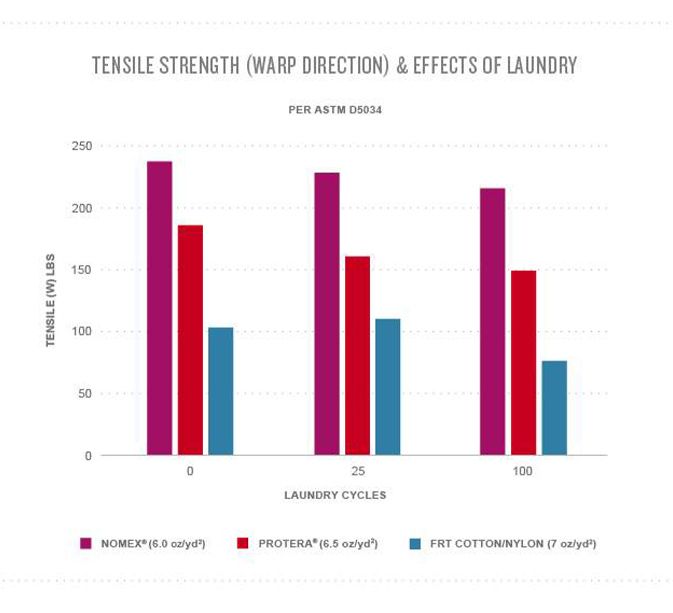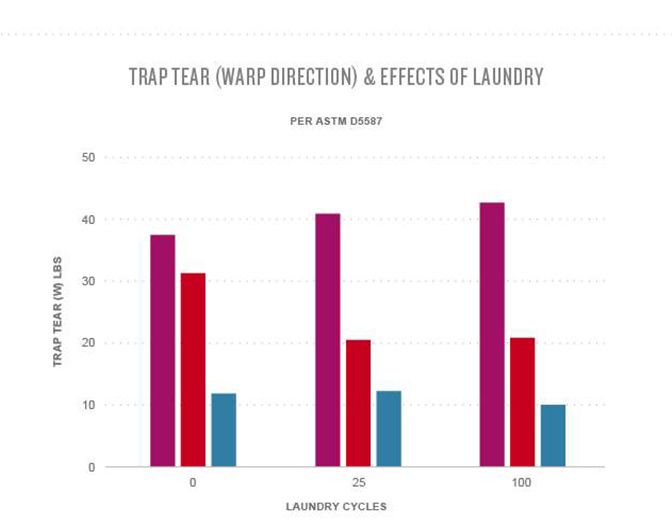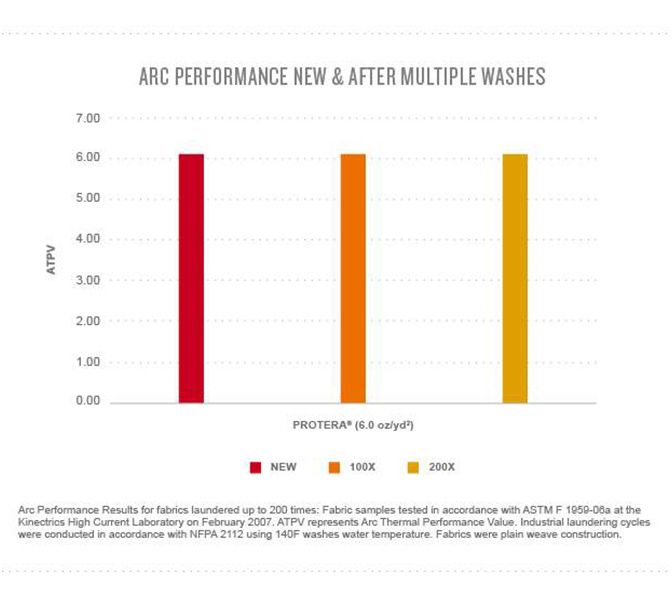Lifecycle of Inherent Thermal-Resistant Protection for Workers
Article | December 13, 2017
DuPont™ Protera® offers excellent wear life that helps lead to a greater overall value, compared to FRT fabrics.
Garments made from Protera® fabric help provide very favorable results to a company’s bottom line. When it comes to thermal-resistant protective garments, it’s important to consider the initial cost divided by the number of wears, in order to calculate return on investment.
For example, an FRT cotton garment may initially seem like a better value than a garment made with Protera®. Over the course of time, however, the FRT cotton garment may be worn far fewer times, which can result in a much higher ultimate cost-per-wear than Protera®. Professional launderers have already learned the benefits of Protera®, as have those who purchase or manufacture for industrial workers who need thermal-resistant protection.
Protera® durability
In protective thermal-resistant garments, a single rip or tear can mean replacing the entire garment. But NFPA 70E–compliant garments made with DuPont™ Protera® fabric, with twice the strength and tear resistance of FR cotton nylon blends, help minimize that risk and extends the life expectancy.

Protera® ease of care
In addition, garments made with Protera® have a better color fastness and appearance retention versus FRT cotton/nylon, with superior professional appearance throughout the lifecycle of the garment. And they rarely need pressing; they come out of the dryer ready to wear, in contrast to FRT cotton garments, which wrinkle significantly during washing and drying.

Protera® thermal performance
The inherent thermal resistance of Protera® fabric means protection will not wash out or wear away.

Protera® for thermal-resistant protection, superior lifecycle and durability
Garments made with Protera® are extremely durable and resist abrasion and tears. In lease, rental, and purchase programs, for example, the outstanding wear life of garments of Protera® can help contribute to bottom-line savings.